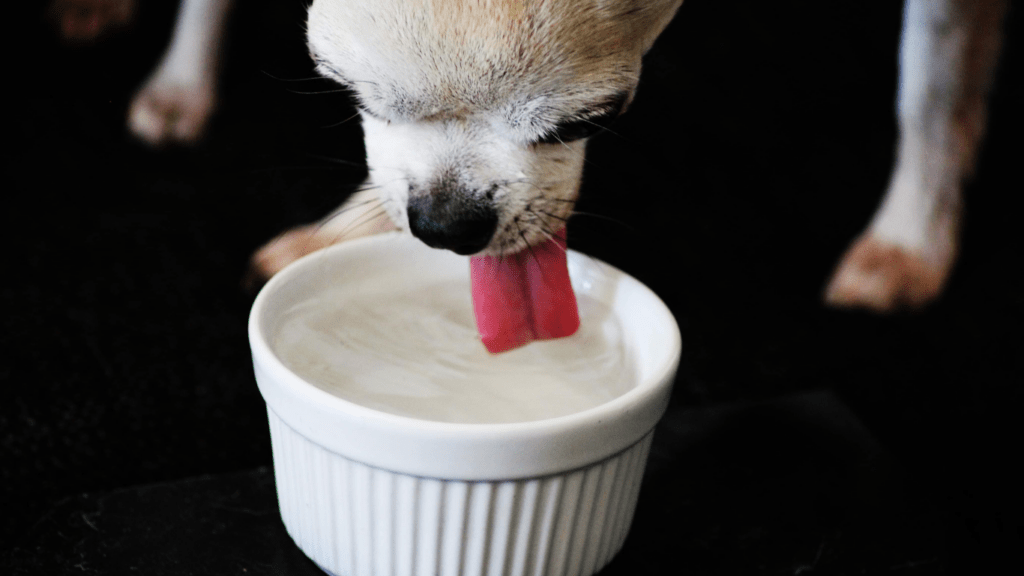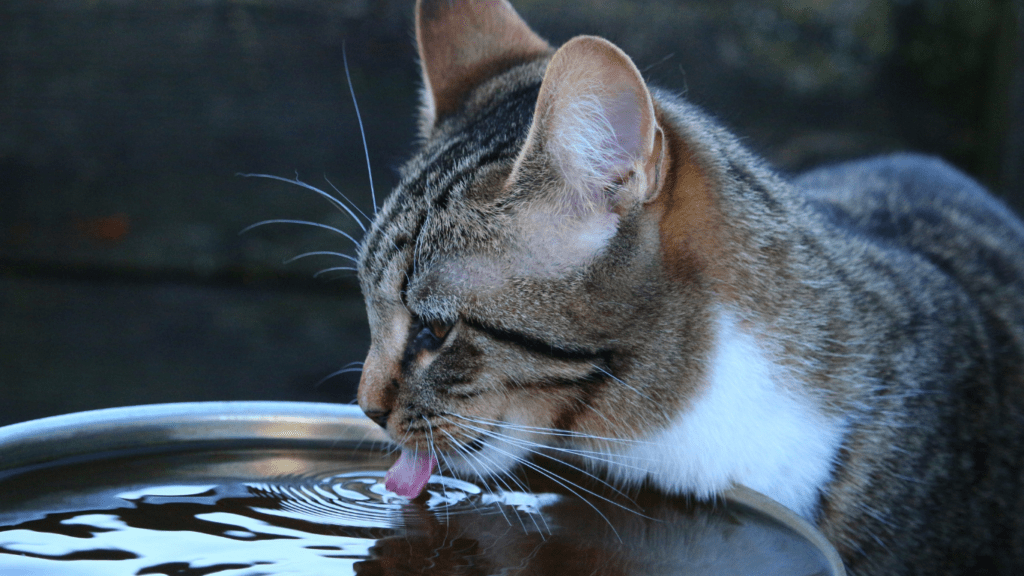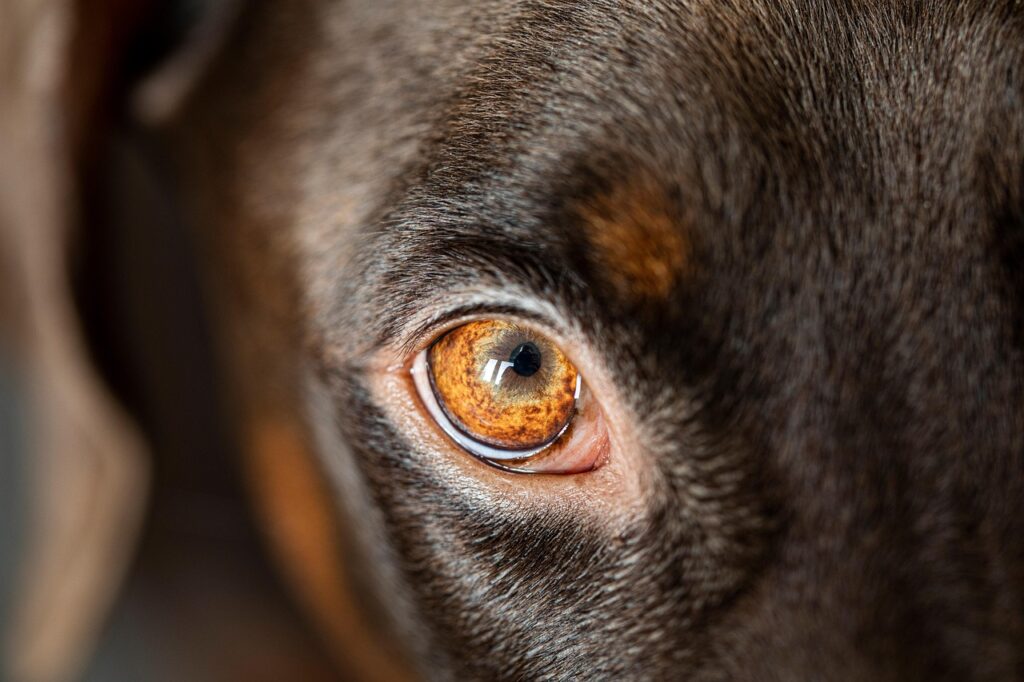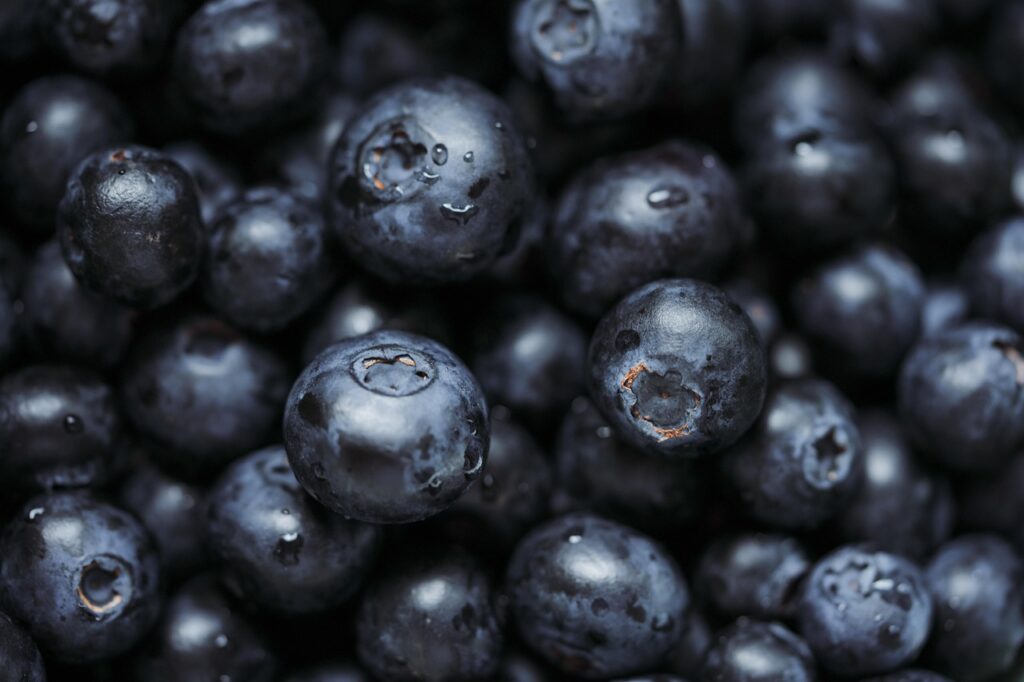The Importance of Hydration in Pet Nutrition
Hydration plays a critical role in pet nutrition. Adequate water intake supports vital bodily functions necessary for overall health and well-being.
Understanding Basic Hydration Needs
Pets, like humans, require consistent water intake to stay healthy. Cats and dogs need different amounts of water based on size, age, and activity levels.
Dogs generally require between 0.5 to 1 ounce of water per pound of body weight daily. Cats need about 3.5 to 4.5 ounces of water per 5 pounds of body weight each day.
In hot weather or after intense exercise, these amounts may increase. Water aids in digestion, nutrient absorption, and removal of waste products from the body.
Signs of Dehydration in Pets
Dehydration can lead to serious health issues for pets.
Common signs include:
- Lethargy: Pets may seem unusually tired or inactive.
- Dry Mouth: Gums and tongue might appear dry and sticky.
- Sunken Eyes: Eyes may look sunken and less vibrant.
- Loss of Skin Elasticity: Skin doesn’t return to normal quickly when gently pinched.
Monitoring these signs helps ensure timely interventions, keeping pets healthy and hydrated. If any symptoms of dehydration are noticed, consult a veterinarian immediately to address the issue.
Benefits of Proper Hydration
Adequate hydration greatly impacts a pet’s overall health. Here are specific benefits in key areas.
Improved Digestive Health
Sufficient water intake promotes optimal digestion in pets. Water helps break down food and absorb nutrients effectively. For instance, hydration eases passage of food through the gastrointestinal tract, reducing constipation risks.
This process ensures pets maintain a regular and healthy bowel movement pattern.
Enhanced Skin and Coat Condition
Proper hydration maintains skin elasticity and coat luster. Water impacts cellular function and hydration of the skin, preventing dryness and flakiness. Pets with adequate hydration tend to have softer, shinier coats, highlighting the importance of water in promoting external health markers.
Hydration for Different Types of Pets

Different pets have unique hydration needs. Monitoring their water intake ensures they stay healthy and well-nourished.
Dogs and Their Water Needs
Dogs require specific water amounts based on their size, age, and activity levels. Generally, dogs need between 0.5 to 1 ounce of water per pound of body weight daily.
Active dogs, senior dogs, and nursing mothers often need more water. For instance, a 50-pound dog typically needs between 25 to 50 ounces of water daily.
Examples of ways to ensure adequate hydration include:
- Providing fresh water multiple times daily
- Using water fountains to encourage drinking
- Offering water-rich foods like wet dog food or fresh fruits in moderation
Cats and Their Unique Hydration Challenges
Cats have distinct hydration needs that differ from dogs. Typically, cats need about 3.5 to 4.5 ounces of water per 5 pounds of body weight each day.
Their low thirst drive, inherited from desert ancestors, can lead to dehydration risks. For instance, a 10-pound cat generally needs between 7 to 9 ounces of water daily.
- Using cat water fountains to stimulate drinking
- Incorporating wet food into their diet
- Providing multiple water sources around the home
Tips for Ensuring Your Pet Stays Hydrated
Keeping pets hydrated is crucial for their health. Here are some practical tips to help ensure your pet consistently gets enough water.
Choosing the Right Water Bowls
Selecting the appropriate water bowl can significantly impact your pet’s water intake. Use stainless steel or ceramic bowls; these materials are easier to clean and resist bacterial growth better than plastic.
Provide multiple bowls in various locations around the house to encourage drinking. Ensure bowls are wide enough for your pet’s snout and whiskers (for cats) to avoid discomfort, which can deter drinking.
Incorporating Wet Foods into the Diet
Wet food can be a great addition to your pet’s diet to boost their hydration levels. Add wet food to meals to naturally increase water consumption in daily routines.
Wet food contains higher moisture content compared to dry kibble, which helps maintain proper hydration. Look for high-quality wet food options with balanced nutrition to support overall health while improving water intake.
Hydration remains fundamental for optimal pet health, affecting various bodily functions and external health markers. Practical hydration tips can make a noticeable difference in your pet’s overall well-being.


